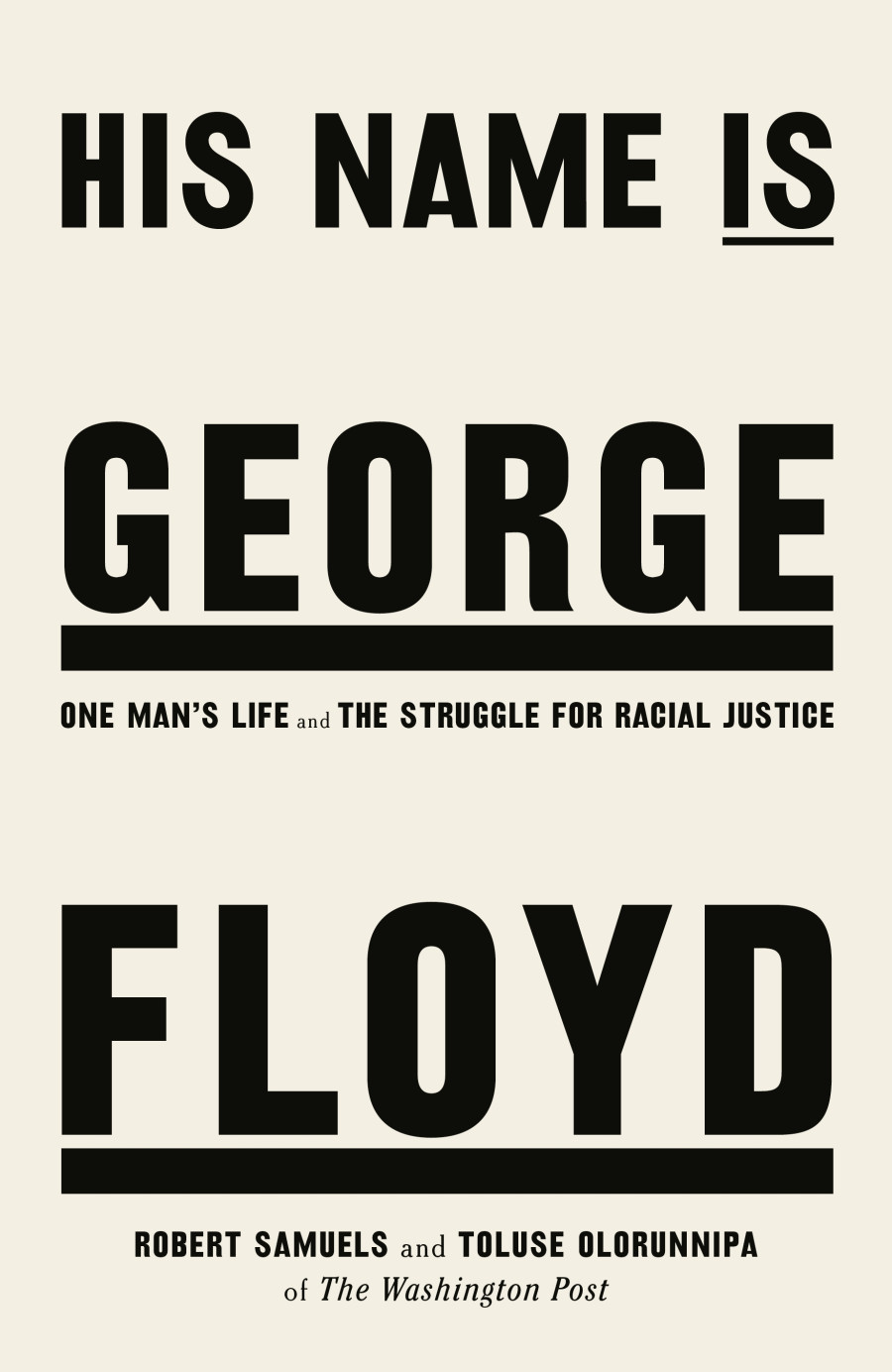Books
Revisiting one of America’s darkest incidents
The book thoroughly describes George Floyd’s life, the circumstances surrounding his death and the aftermath of the tragedy.
Nishant Upreti
Robert Samuels and Toluse Olorunnipa’s nonfiction book, ‘The Greatest Lie Ever Sold: George Floyd and the Rise of BLM’ examines the life, death, and aftermath of George Floyd, a Black man killed by a white police officer on May 25, 2020, in Minneapolis, Minnesota. The tragedy provoked nationwide demonstrations and a renewed focus on police brutality and structural racism in the US.
The book analyses Floyd’s life before his murder, his interactions with law enforcement, and the ensuing trial of the officer that killed him. The writers also examine the larger background of race relations and political divisiveness in the US, emphasising how the media and political elites have utilised Floyd’s killing to push their agendas.
One of the book's key themes is the media's influence on public perception. Samuels and Olorunnipa claim that the media’s depiction of the event was skewed and sensationalised, resulting in a false understanding of what occurred. They argue that this erroneous perspective has exacerbated divisions and conflicts in American society.
The book also addresses the importance of race in American politics. The writers say that political opportunists have hijacked the Black Lives Matter movement by utilising Floyd’s killing to achieve their objectives. Samuels and Olorunnipa say that the movement’s focus has shifted from confronting police brutality and racial inequity to supporting radical leftist ideology.
The authors critically study the American criminal justice system throughout the book. They contend that the system is flawed and that adjustments are necessary to address the underlying causes of police brutality and racial injustice. They further argue that the system is negatively skewed towards minorities and that modifications are required to ensure all Americans are treated fairly and equitably under the law.
The book also examines Floyd’s death’s impact on the Black community and its aftermath. It explores the nationwide protests that erupted in response to the tragedy and the broader cultural and political tendencies that have contributed to the current polarised and divided state of American society.
While the book offers a fresh viewpoint on race and justice in the US, some readers may find the writers’ claims contentious. Some readers may disagree with the portrayal of the events surrounding the death of George Floyd in this book.
The downplaying of systematic racism in American society is one of the book’s criticisms. The writers recognise the existence of racism but contend that it is not the core cause of police violence and racial inequality. This argument may appear simplistic or disrespectful of the experiences of oppressed communities to certain readers.
Despite these concerns, the book is a timely and significant work contributing to the ongoing dialogue about race and justice in the US. The book encourages critical thinking regarding the role of the media in moulding public perception, the politicisation of social justice movements, and the need for systemic change in the criminal justice system.
One of the book’s virtues is its readability. Samuels and Olorunnipa write in a plain, straightforward manner that is easy to comprehend–especially for readers unfamiliar with the complexities of American politics or law. Also, the book is brief, making it a quick and fascinating read.
The book fully describes George Floyd’s life, the circumstances surrounding his death and the aftermath of the tragedy. It takes a critical approach to studying the events surrounding Floyd’s death and offers insight into the bigger cultural and political tendencies that have contributed to the current climate of separation and divisiveness in the US.
The book’s capacity to engage readers in a discussion about race and justice in America is one of its greatest assets. The language is clear and comprehensible, and the writers’ views are presented in a thought-provoking and straightforward manner. In addition, they include various instances and references to bolster their claims, enhancing the trustworthiness of their analysis.
It is vital to recognise that the book offers a fresh viewpoint on race and justice concerns in the US. Samuels and Olorunnipa urge readers to engage in critical thinking regarding the role of the media in affecting public perception, the politicisation of social justice movements, and the necessity for systemic change within the criminal justice system.
The book also examines the broader ramifications of George Floyd’s passing for the future of social justice in the US. The authors think the incident was a wake-up call for many Americans and has compelled the nation to address the reality of systematic racism and police violence in a way that never had before. They argue that the protests and rallies that followed Floyd’s death have created fresh opportunities for social change and may inspire a new generation of activists and leaders who will continue to fight for justice and equality.
The book also raises significant problems regarding the influence of the media on public conceptions of race and justice. Samuels and Olorunnipa argue that the media played a key influence in crafting the story surrounding George Floyd’s death and that this narrative frequently reinforced pre-existing biases and assumptions about race in the US. They contend that the media must offer truthful and impartial coverage of these topics and should be more active in combating racism and achieving social justice.
The book emphasises the human element of the narrative. Samuels and Olorunnipa write about Floyd’s battles with addiction and efforts to change his ways. They also investigate the effects of his death on his family and community and offer insight into the emotional toll they experienced. The humanistic aspect of the narrative makes the book compelling and persuasive, and it serves as a reminder that behind every statistic and news article are actual individuals whose lives were affected.
Ultimately, ‘His Name Is George Floyd’ is a potent and essential work that examines one of the most momentous events in recent American history. The book examines the media’s depiction of the occurrence, the significance of race in American politics, and the necessity for systemic change to address police brutality and racial inequity.
His Name is George Floyd
Authors: Robert Samuels and Toluse Olorunnipa
Year: 2022
Publisher: Viking Press




 16.12°C Kathmandu
16.12°C Kathmandu









%20(1).jpg&w=300&height=200)

